Few animals are as misunderstood as the sloth bear (Melursus ursinus). With its shaggy coat, long snout, and noisy foraging habits, this unique bear stands out in the animal kingdom. Found primarily in the forests of India, Sri Lanka, and Nepal, the sloth bear is a fascinating—and often overlooked—species.
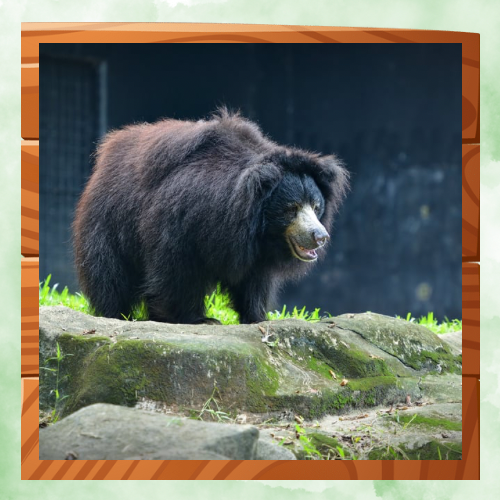
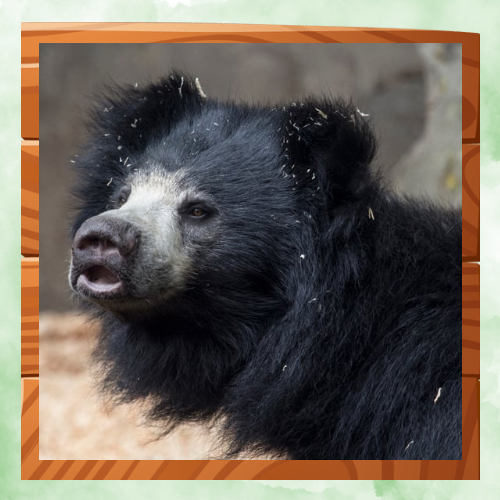
Meet the Sloth Bear
Despite its name, the sloth bear is not related to sloths. Early European naturalists thought its long claws and curved toes resembled those of a sloth, leading to the misleading name. In reality, sloth bears are true bears, closely related to sun bears and Asiatic black bears.
Physical Characteristics
- Size & Build: Adults weigh between 120–310 lbs (55–140 kg) and stand about 2–3 feet tall at the shoulder. Males are larger than females.
- Coat: Their shaggy, black or dark brown fur helps protect them from insect bites and harsh weather. Some have a distinctive white “V” or “Y” marking on their chests.
- Adaptations: Their long, flexible snouts and protruding lips are perfect for sucking up termites and ants. Their nostrils can even close to keep insects out while feeding!
- Claws: Sloth bears have long, curved claws—up to 3 inches—ideal for digging into termite mounds and climbing trees.
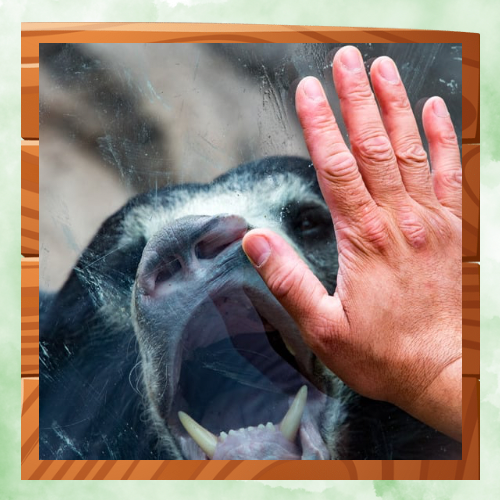
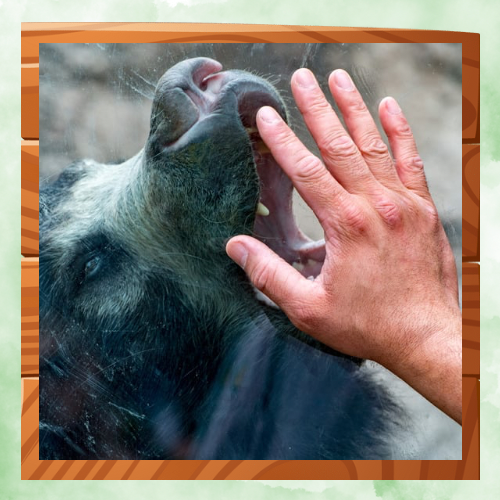
Behavior & Diet: The Ultimate Insectivore
Unlike most bears, sloth bears are primarily insectivores. Their diet consists of:
– Termites & ants (favorites!)
– Fruits & flowers (like mangoes and jackfruit)
– Honey (they’ll tear apart beehives, earning them the nickname “honey bear”)
Unique Foraging Style
Sloth bears are noisy eaters—their slurping and snuffling can be heard from far away. They use their powerful claws to rip open termite mounds, then blow away dirt before vacuuming up insects with their lips like a living vacuum cleaner.
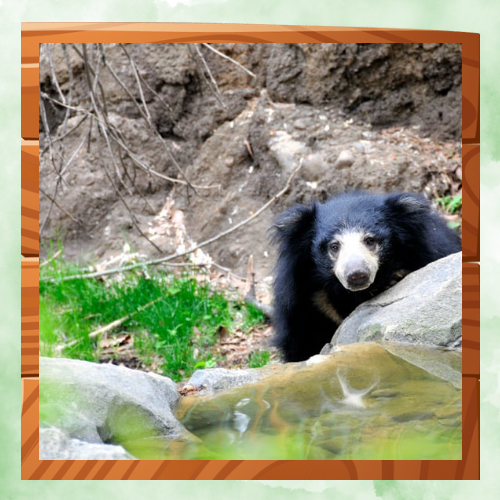
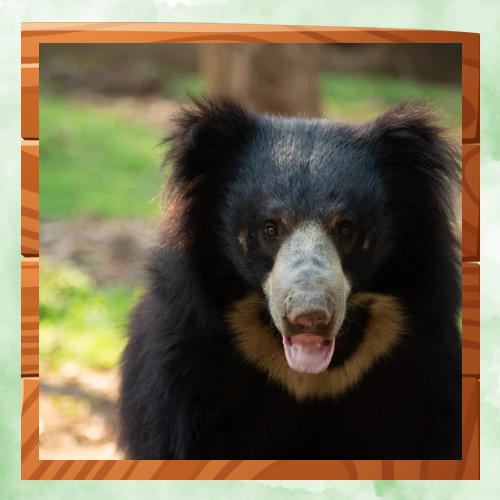
Defense Mechanisms: Fierce When Threatened
Sloth bears may look slow and clumsy, but they are surprisingly aggressive when cornered. Their primary defense strategies include:
- Standing Their Ground: Unlike some bears that flee, sloth bears often stand on their hind legs to appear larger and more intimidating.
- Vocal Warnings: They produce loud huffs, growls, and roars to scare off threats. If that fails, they may scream —a sound that can startle even large predators like tigers.
- Powerful Swipes: Their long, curved claws aren’t just for digging—they can deliver devastating swipes capable of injuring predators (or humans).
- Bluff Charges: They may charge at threats, stopping short of actual contact to scare them away.
- Tree Climbing: When escape is needed, they can climb trees quickly despite their bulky bodies.
Mother sloth bears are especially aggressive when protecting cubs, sometimes even carrying them to safety in their mouths while fending off attackers.
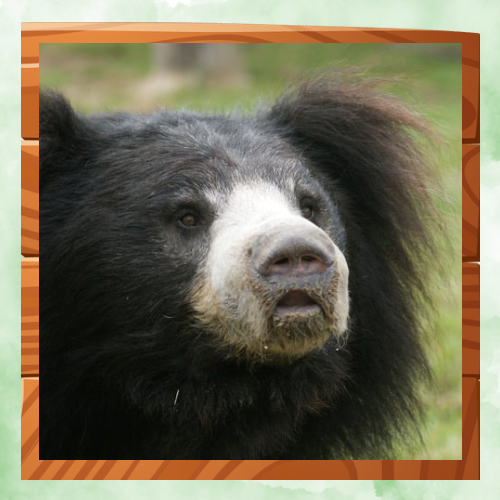
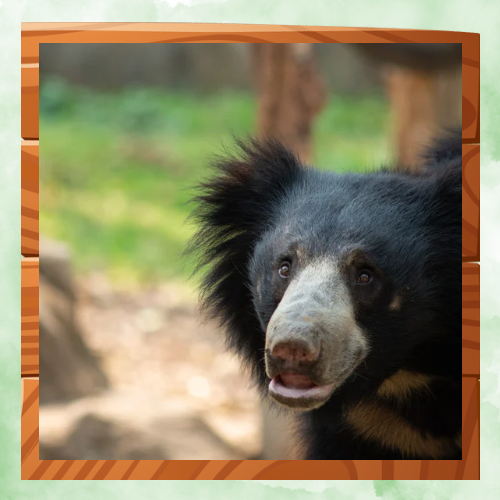
A Powerful Insect-Crushing Machine
While sloth bears may not have the bone-crushing bite of a grizzly, their jaws and teeth are specially adapted for their unusual diet. Let’s take a closer look at what makes their bite unique.
Bite Force: Stronger Than You’d Expect
Sloth bears have a bite force of around 500–700 PSI (pounds per square inch)—not as strong as a lion (650–1,000 PSI) but more powerful than a large dog.
This strength helps them:
– Crush hard insect exoskeletons (like termite and beetle shells)
– Tear apart rotten logs to reach hidden grubs
– Defend themselves when threatened
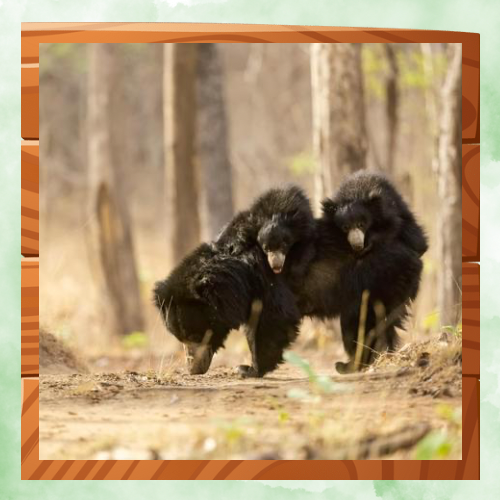
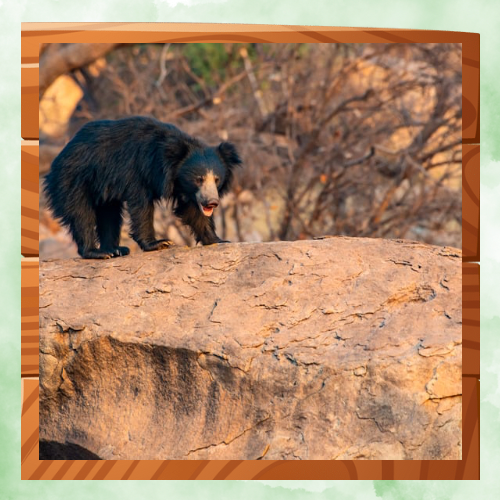
Specialized Teeth: Built for Sucking, Not Chewing
Unlike other bears that have sharp, meat-shearing teeth, sloth bears have evolved flatter molars for grinding insects and vegetation. Their dental setup is bizarre but efficient:
- Missing Upper Incisors: They lack the top two front teeth, creating a gap that helps them suck up insects like a vacuum.
- Long, Sharp Canines: Though not used for hunting, these help in defense and breaking into hives.
- Wide, Flat Premolars: Perfect for crushing hard-shelled bugs and fibrous fruits.
Why This Matters
This unusual dental structure means sloth bears don’t chew like other bears—instead, they suck and crush their food. Their lips are even prehensile (flexible and muscular), allowing them to form a seal around termite mounds while their powerful tongue slurps up prey.
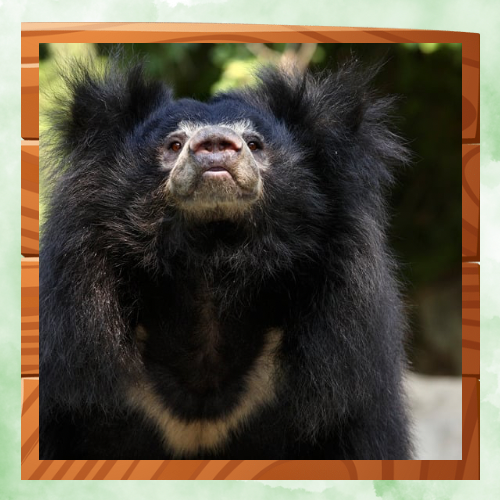
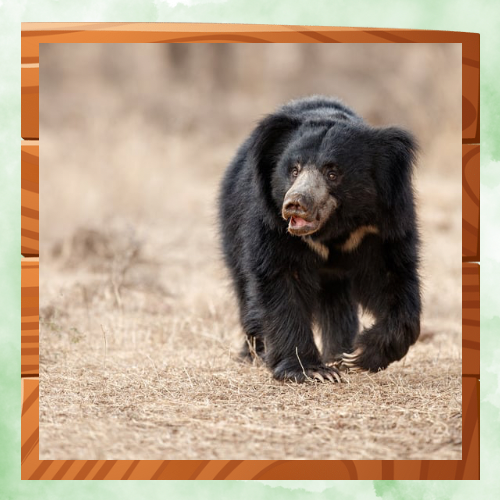
Defensive Biting: A Last Resort
Though not naturally aggressive, sloth bears will bite if cornered. Their long canines can inflict deep wounds, and their strong jaws make their bites dangerous. In fact, historical accounts from British colonial hunters labeled them as “the most dangerous bear in India” due to their unpredictable defensive reactions.
From vacuum-like insect feeding to a surprisingly strong defensive bite, the sloth bear’s jaws and teeth are perfectly adapted for its unique lifestyle. Next time you see a termite mound, imagine a shaggy bear noisily slurping up its contents—with the bite force to back it up!
Reproduction & Family Life
- Mating: Sloth bears usually mate between April and June.
- Cubs: Females give birth to 1–2 cubs after a 6–7 month gestation. Cubs often ride on their mother’s back—a behavior rare among bears.
- Maternal Care: Mothers are fiercely protective. If threatened, they’ll even carry cubs in their mouths to safety!
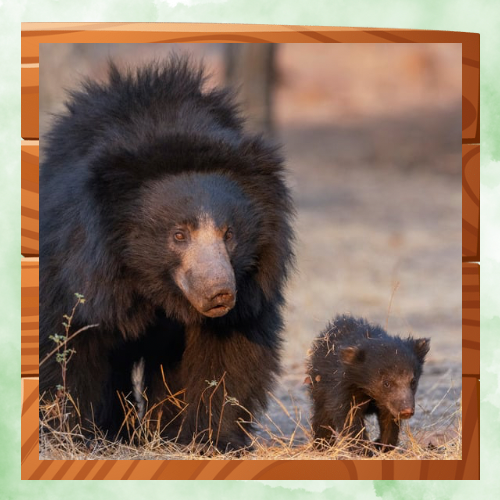
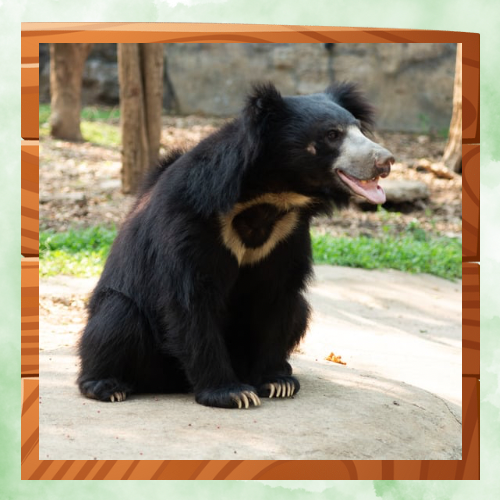
Fun Facts About Sloth Bears
- They’re the noisiest bears—grunting, snuffling, and even screaming when threatened.
- They don’t hibernate—thanks to their tropical habitat and year-round food supply.
- They have a special relationship with humans—historically, some were trained as “dancing bears” in India (now banned).
- Their teeth are unusual—missing two upper incisors, creating a gap perfect for sucking insects.
- Sloth bears have such a strong sucking ability that they can inhale insects from several inches away—no straw needed!
Conservation Status & Threats
Sloth bears are classified as Vulnerable by the IUCN due to:
– Habitat loss (deforestation for agriculture)
– Poaching (for body parts used in traditional medicine)
– Human conflict (attacks occur when bears feel threatened)
Conservation efforts, including wildlife sanctuaries and anti-poaching laws, are helping, but more work is needed to protect these unique creatures.
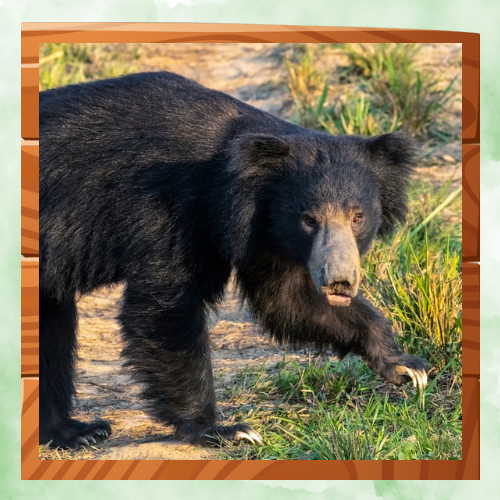
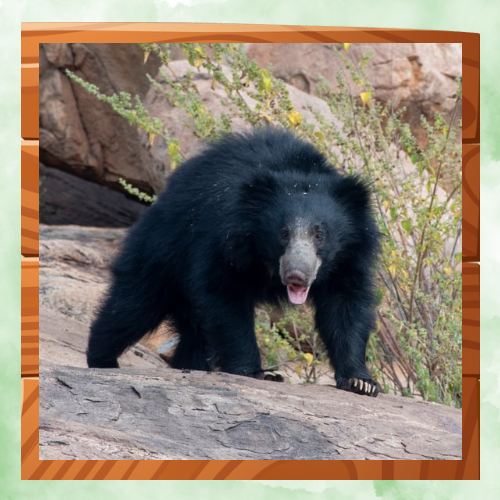
Final Thoughts
The sloth bear is one of nature’s most intriguing mammals—a noisy, shaggy, insect-loving wonder. While they may not be as famous as pandas or grizzlies, their unique adaptations, fierce defense tactics, and playful cub-carrying habits make them a vital part of their ecosystem. Next time you think of bears, remember the sloth bear—the ultimate termite-devouring, cub-carrying, snuffling specialist of the forest!
Would you like to know more about a specific aspect of sloth bears? Let me know! 🐻🍯
References
- IUCN Red List: Melursus ursinus. https://www.iucnredlist.org/ja/species/13143/166519315
- Animalia: “Sloth Bear Facts”. https://animalia.bio/sloth-bear
- Wildlife SOS (India): “Sloth Bear Conservation”. https://wildlifesos.org/protecting-wild-sloth-bears-and-building-a-future-of-conservation/
- ResearchGate: “Sloth Bear Biology”. https://www.researchgate.net/publication/229976355_Behavioural_ecology_of_the_Sloth_bear_Melursus_ursinus


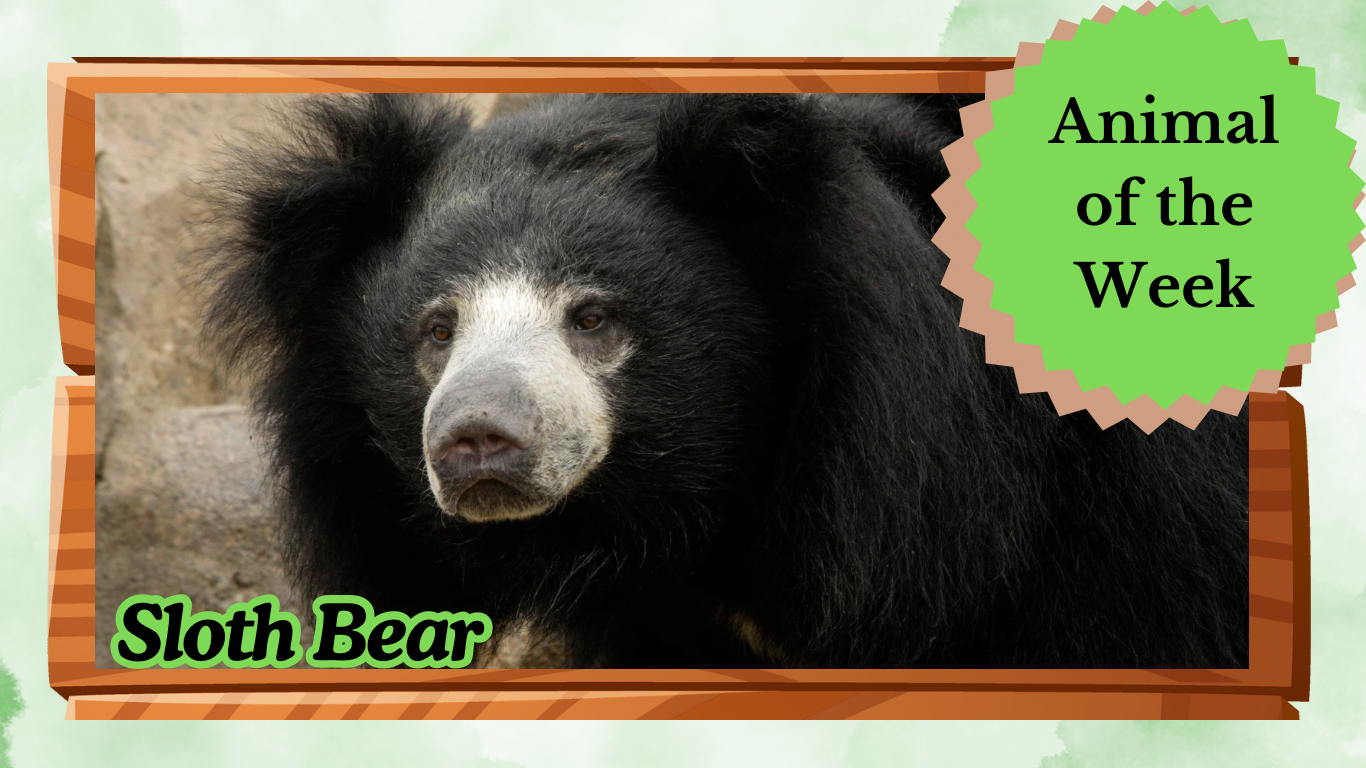


Great insights! This really gave me a new perspective. Thanks for sharing.
This was exactly what I was looking for. Very helpful post!